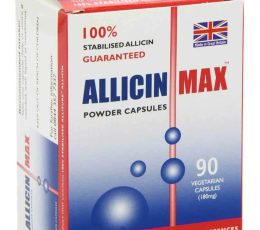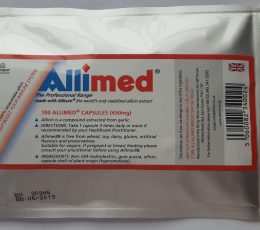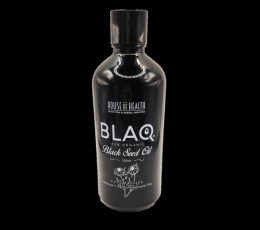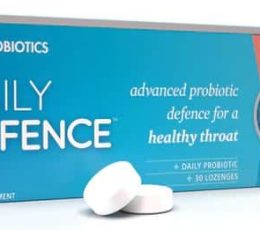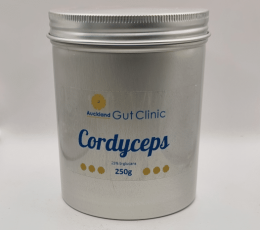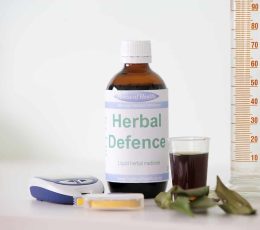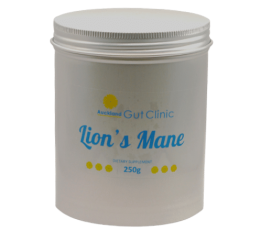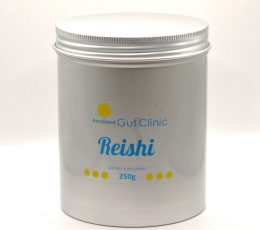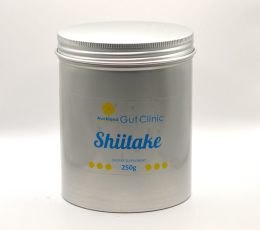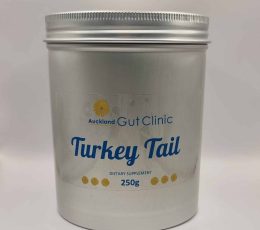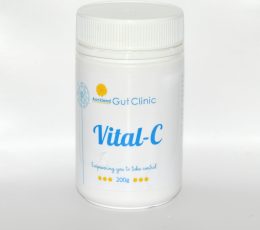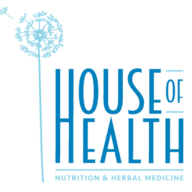Vitamin D is essential for your good health.
Unfortunately there are a lot of Vitamin D myths and misconceptions around about how we produce it, how much we need and where we get it from!
Read on to learn what is fact and what is fiction….
Myth: You can get vitamin D from sunshine through a glass window.
Fact: Glass blocks about 95 per cent of ultra-violet B (UV-B), which is needed for making vitamin D.
Sadly, you will not be able to increase your vitamin D levels by sitting in front of a sunny window, as virtually all commercial and automobile glass blocks the ultra-violet B rays needed for vitamin D manufacture. Unfortunately, the harmful ultra-violet A (UV-A) can penetrate glass and may actually be harmful. (REF)
Myth: Being outside very early in the morning or late in the day will give you your daily D quota.
Fact: The sun’s rays are too weak at that time to make much difference.

While those with very fair skin may be able to make vitamin D before 10am or after 4pm, most people won’t. especially if you have naturally darker skin (which acts as a natural sunscreen). The time of year also affects exposure time – you can see from the table that if you are living in Christchurch, you’ll need to get a good chunk of sunshine on a reasonable amount of your skin (think arms & legs or upper torso & arms) for quite a while to make a difference. The times in the table on the right are daily exposures. Of course if you have fair skin, those times in summer may well cause your skin to go pink – which is undesirable.
Myth: Vitamin D is only important for healthy bones.

Fact: The sunshine vitamin has many other functions in the body.
Vitamin D has functions that reach well beyond the bones. While you can’t absorb calcium without vitamin D, research in the last few decades has found vitamin D receptors in virtually all tissues in the body and evidence for many many important functions outside of it’s role in calcium and bone metabolism. Think weight management, heart disease reduction, immune protection, anti-cancer, and many more .. Read here (Vitmain SUNSHINE) for a brief overview.
Myth: Drinking lots of milk ensures you get plenty of vitamin D.
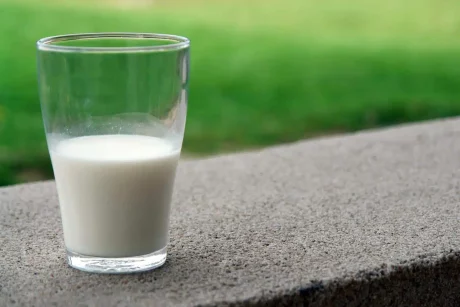
Fact: You’d need to drink almost a litre of milk a day to get just 400 IU/d.
Vitamin D is a fat-soluble vitamin, so you’ll find it in some fatty foods, such as oily fish (think kahawai, trevally, tuna and salmon) as well as a little in eggs, lean meat, cheese and butter. Milk and yoghurt are low sources of vitamin D unless they have been fortified. This reference gives you some typical values for food that has naturally higher amounts of vitamin D
Myth: You get enough vitamin D by sitting in the shade.

Fact: You’ll get a little bit fo UV exposure, reflected from buildings nearby, but it won’t be adequate to build up your levels or prevent deficiency.
The same applies when sitting under a tree or sun umbrella. Small amounts will be reflected from nearby surfaces, including water. You cannot rely on this to get adequate vitamin D, especially if your natural skin tone is olive or brown.
Myth: Production goes down in skin that’s too clean – it needs bacteria.

Fact: No bacteria required!
While the role of bacteria in human health is an ever-expanding area of interest, there (at this point) appears to be no role for skin bacteria in vitamin D production. The only caveat on that may be when the skin health is compromised – but this is more about the function of the skin than disruption of normal skin bacteria.
Myth: Vitamin D is made in your eyes too.

Fact: Vitamin D is only made in the skin. In sunlight. Other organs can convert it, but not the eyes.
We also know that protecting the eyes from the rays of the sun helps to prevent cataracts. This seems to be due to damage by UV rays. The current explosion of hydrogen research suggests that molecular hydrogen may be a protective agent in this regard (REF). We hypothesise that consuming hydrogen-rich water will protect your skin and eyes from harmful hydroxyl radicals that are involved in oxidative stress and tissue damage. Read more about molecular hydrogen here.
Myth: New Zealanders are not deficient in vitamin D.
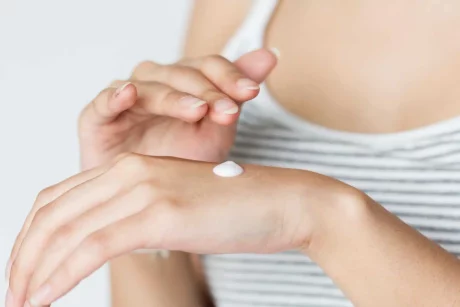
Fact: The overwhelming success of the ‘slip, slop, slap’ campaign over the years has most New Zealanders actively avoiding the sun.
Clothes that cover arms and legs, hats, liberal use of sunblock and seeking the shade have all kept us so effectively protected from the sun that as a nation we’re becoming deficient in this crucial nutrient.
In a study looking at the New Zealand Adult Nutrition Survey (2008-2009) by the Ministry of Health) 2012) showed that 5% of New Zealanders were in the deficient range (< 25 nmol/L), with another 27% in the insufficient range (25 and 50 nmol/L). NB: these cutoff levels are conservative based on current research, which suggests that optimal vitamin D should not be below 80nmol/L.
New Zealanders are much more likely to be deficient in vitamin D from August to October, with those in the South Island especially at risk. In fact, 18% of those in most of the South Island were deficient (i.e., <25nmol/L) during this time.
Myth: Just a few minutes of sun exposure a day is sufficient to generate enough vitamin D.

Fact: Adequate sunlight exposure is not easily determined for a given individual.
While this is true for fair-skinned people in the north of NZ in summer, it won’t be true for everyone. The amount of time required depends on your skin and the time of the year. In winter, you’d need to be outside with at least your arms exposed for a good chunk of time (see table above).
Myth: You need to get sunburn to get enough vitamin D.
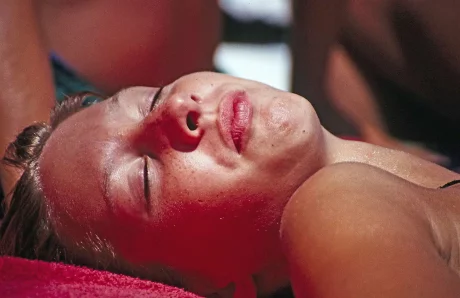
Fact: Vitamin D production in the skin occurs within minutes and is already maximised before your skin turns pink.
Thank goodness! Getting sunburnt is off the menu!
Someone who burns easily might only need five minutes of daily summer sun exposure before 10am and after 4pm (to the face, hands and forearms) to achieve adequate levels, whereas someone who tans more easily or has darker skin will need more time, up to 20 minutes.Or have a much shorter period of time in the middle of the day, which, based on some research is considered to be the optimal time to get your daily dose. But just for a few minutes – please!
Myth: Getting enough vitamin D increases my risk of skin cancer.
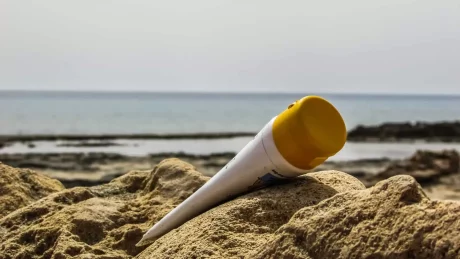
Fact: In general, the health benefits accruing from moderate UV irradiation, without redness or excess tanning, greatly outweigh the health risks.
Your risk of skin cancer from sensible exposure is lower than your risk of any cancer from being vitamin D deficient. This article repeats the advice of middle-of-day being the best time to get vitamin D with minimal skin cancer risk.
Myth: Supplementation guarantees vitamin D sufficiency.
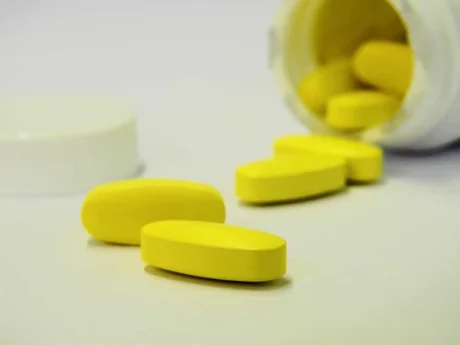
Fact: Most multi-vitamins contain around 100-400IU. That is simply not enough for most people.
Less than 400IU (for adults) is unlikely to have any impact at all and you may need much more. Some experts suggest that 1000- 2000IU/day is necessary to maintain adequate vitamin D. Remember – we’re better at making it than getting what we need from food or supplements.
Myth: Absence of bone disease is proof of enough vitamin D.
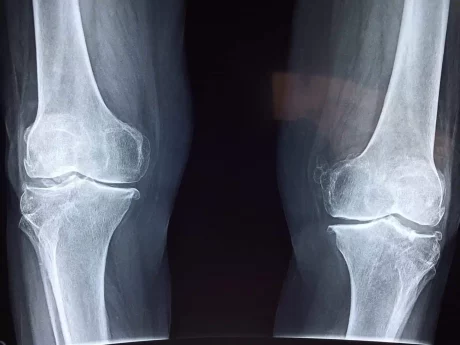
Fact: Long-term vitamin D deficiency is often asymptomatic until the development of deficiency-related conditions such as osteoporosis, cancer and autoimmune diseases.
Research suggests that for normal day-to-day “optimal” function, vitamin D should not be less than 75 nmol/L and 90-120 nmol/L for cancer prevention. That’s quite a lot higher than NZ’s >50nmol/L “adequate” cut-off.
Myth: Current laboratory norms are accurate definitions of vitamin D sufficiency.
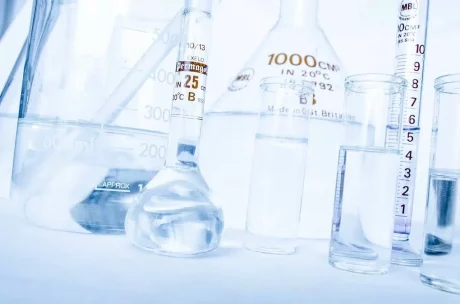
Fact: At present, laboratory values are tagged to vitamin D requirements for bone health (range 50-150nmol/L).
Research is consistently showing that this lower limit (50) should be much higher (80-100).
Myth: Vitamin D is toxic.

Fact: Vitamin D is incredibly low in its toxicity, with over 250umol/L being required to classify as “potentially toxic”. However, excessive sunlight does not lead to excessive vitamin D levels.
All things are toxic in excess – even water! But the oral LD50 (dose required to be lethal to half of the test subjects) for dogs is about 88mg/kg (3,520,000 IU/kg) of body weight. This would be equivalent to a 50kg adult taking 176,000,000 IU or 176,000 of the maximum 1000IU dose pills you can purchase over the counter in NZ! The body, in its innate wisdom, has a cut-off mechanism that is activated once vitamin D levels are at a high level.
BONUS FACT: Adequate vitamin D levels, even by supplementation, help to reduce the risk of falls in the elderly.
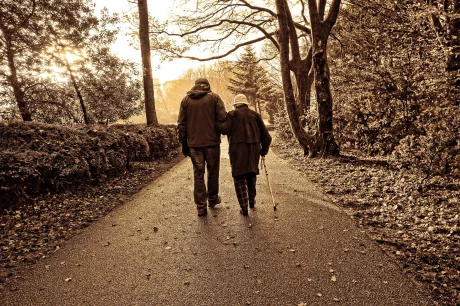
Research shows that falls did not decrease with a daily dose of 400-800IU, but did with higher doses – even up to 3200IU/day. There was no benefit at doses that were higher than this.

Other useful links


